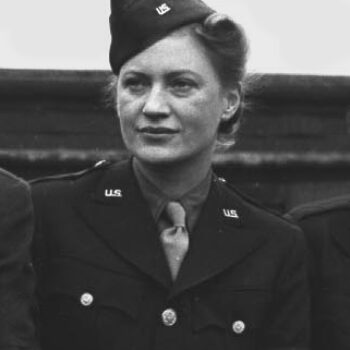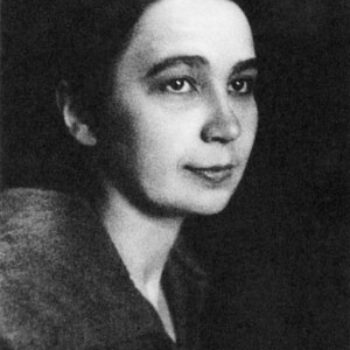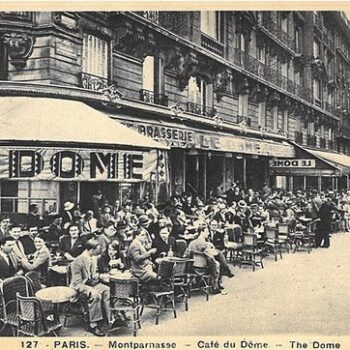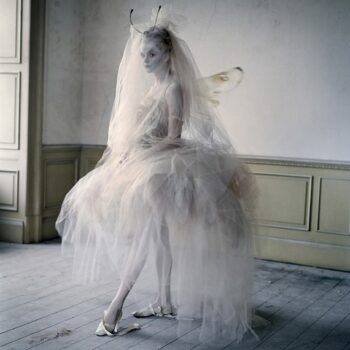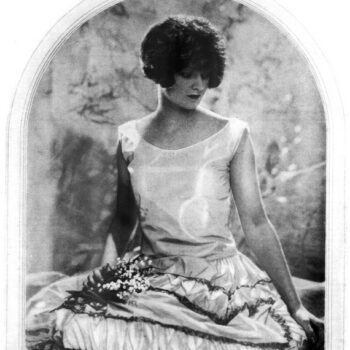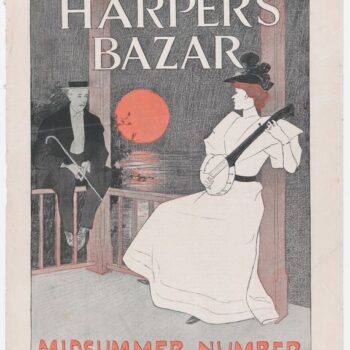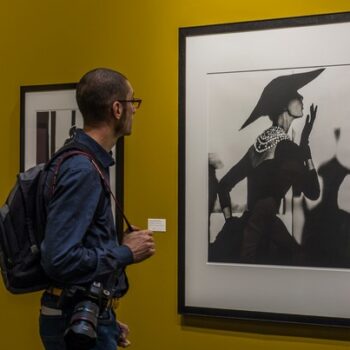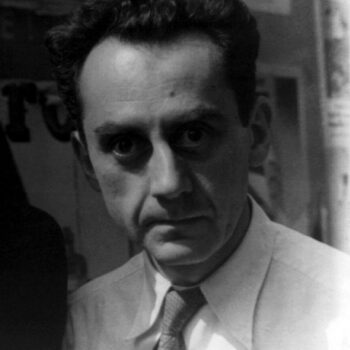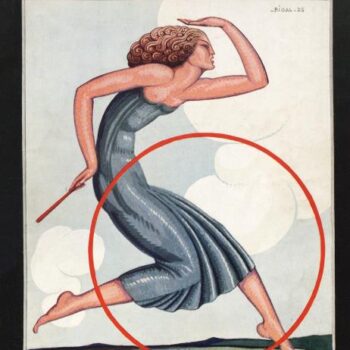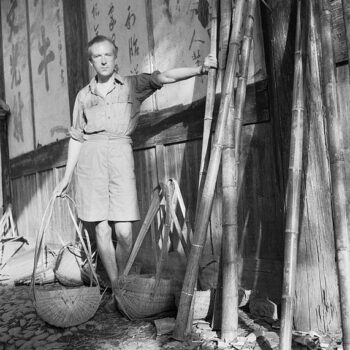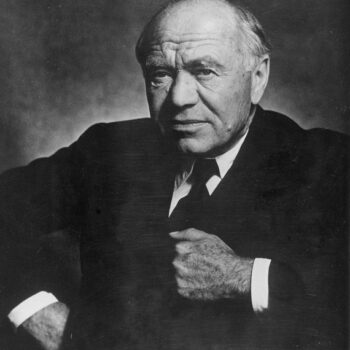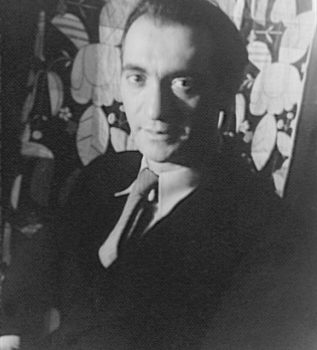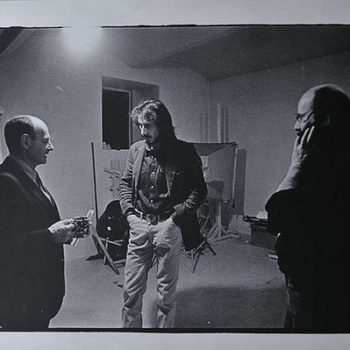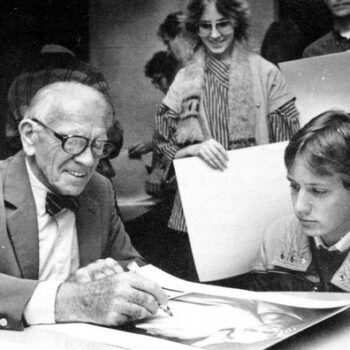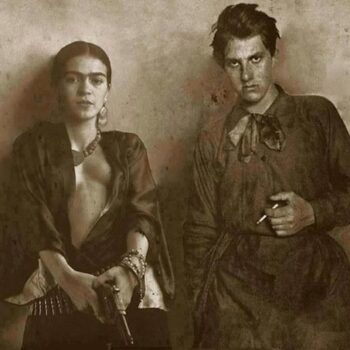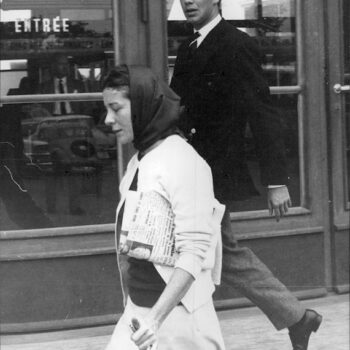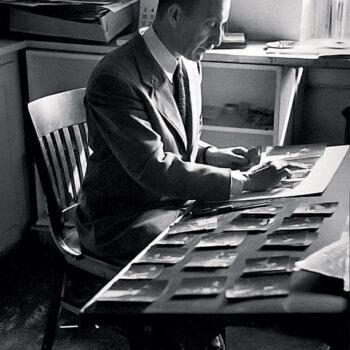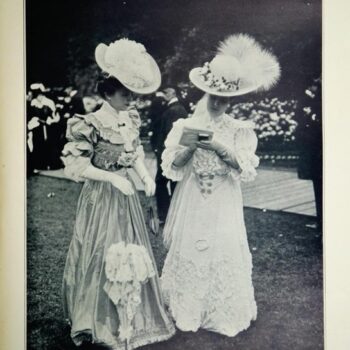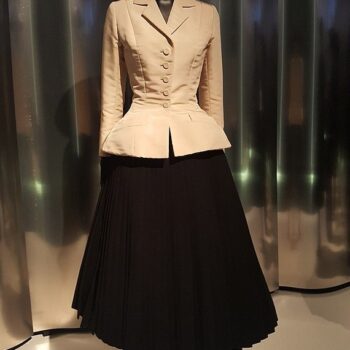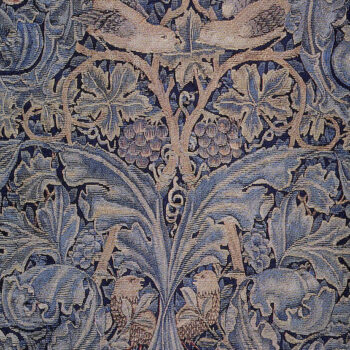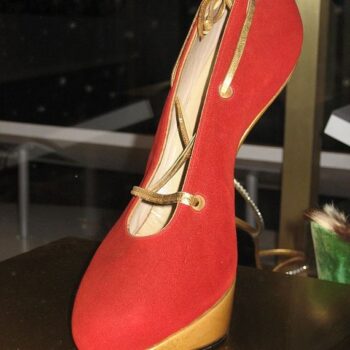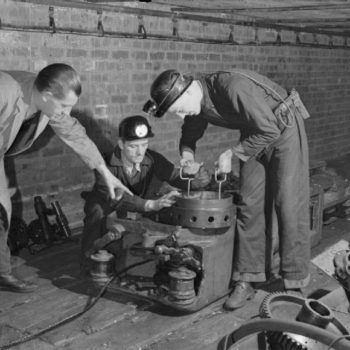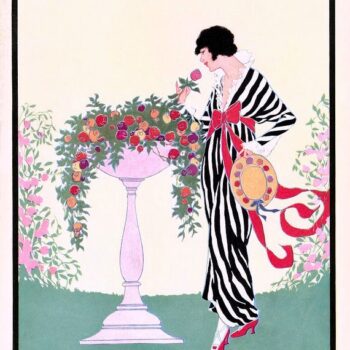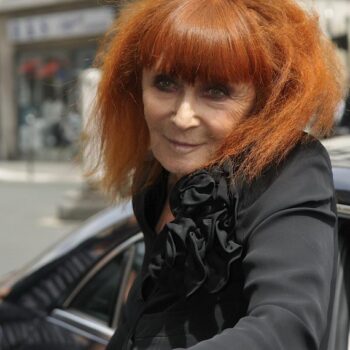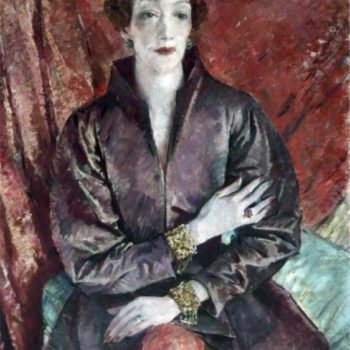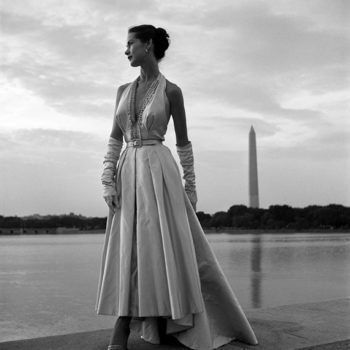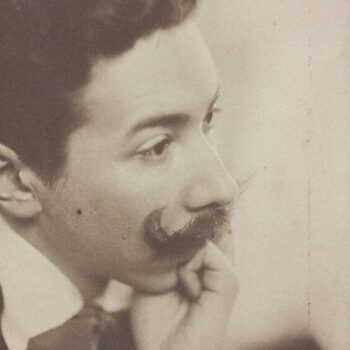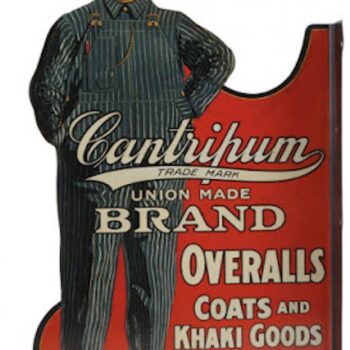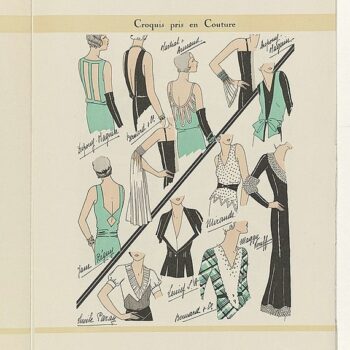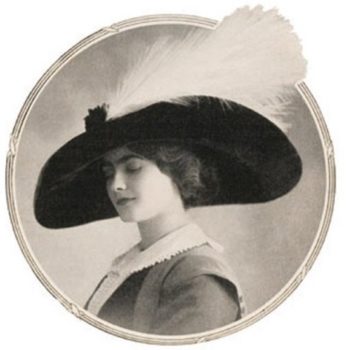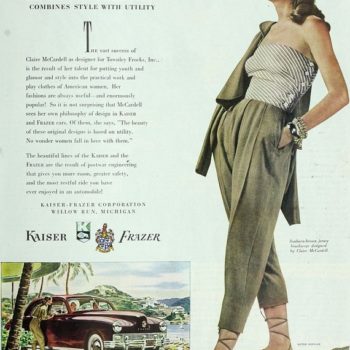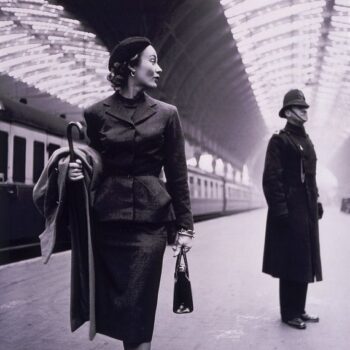Germaine Krull, photographer
June 14, 2015If you think that modern fashion advertising is edgy, with all those banned perfume adverts particularly (remember Sophie Dahl languorously stretching out for Yves Saint Laurent?) Well, photographer Germaine Krull was doing that long ago for Paul Poiret, in the 1920s. Warning: contains NSFW images.
Germaine Krull was a photographer who was famous in her day for both art and fashion photography.
(She also had a nice sideline in sapphic nudes).
Besides working with Paul Poiret, Germaine Krull worked extensively with Sonia Delaunay, producing photographs both of her work and of the designer herself. I don’t know how much Sonia’s theories of ‘Simutaneity’ and her strong, modernist graphic lines influenced the photographer but three years after producing striking black and white images of Delaunay’s work, which she photographed in 1926, she produced a striking series of the Eiffel Tower.
Photographed in 1929, she used unusual angles to highlight the tourist attraction’s engineering. She also photographed cogs and wheels in a striking echo of Delaunay’s familiar circle motif.
Germaine Krull’s portraits of nudes are so sensual and relaxed that the bisexual Krull was rumoured to have affairs with her models, and some are shown explicitly entwined in lesbian embraces, in what looks like almost a pastiche of 19th Century under-the-counter dirty postcards.
Germaine Kull’s self portrait, where she seems almost obscured by her camera, isn’t so odd today when hundreds of people snap selfies that feature their phones more than their faces, intentionally or otherwise, but think about it – in the 1920s, how many women would handle something as mechanical and ‘masculine’ as a camera? And in fact, she’s showing us plenty of detail. Expressive hands, pinky ring, tailored collar and cuffs, cigarette… these, together with her instrument and open sexuality are the embodiment of a liberated woman, the kind that horrified polite society in the 20s.
In fact, Germaine Krull was more than liberated. She was born in East Prussia in 1897, her engineer father taking the family to Bosnia, Paris, Slovenia and Bavaria, before they settled in Munich in 1912. But as she grew up, she became politically active and was banned from Munich, and on arriving in Russia in 1921 she was accused of being an enemy of Lenin and arrested by the secret police. They imprisoned her twice and she was subjected to a terrifying fake execution (it left her traumatised for life). She was ejected from the country in 1922, and banned from Russia too.
Germaine Krull’s extreme treatment didn’t stop her left wing convictions, or her wanderlust. She joined the French Resistance in 1941, and after the war made her way to South East Asia, where she became the director of the Oriental Hotel in Bangkok. After that she travelled to India to live among a Tibetan community and became a Buddhist.
Artistically, Germaine Krull was one of the first to use photo books as an artistic product in itself (as opposed to being a mere catalogue of works) and she published several in her lifetime. Alongside writer George Simenon she also created the world’s first photo-novel, which was called Le Folle d’Itteville. I would love to see it – the precursor of all those teen magazine photo stories!
Germaine Krull also appeared regularly in magazines and held many exhibitions in her lifetime. Since then she has been somewhat forgotten as compared to her contemporaries such as Man Ray and László Moholy-Nagy, but this summer you can view her work in person as an exhibition dedicated to her life’s work has just opened at Jeu de Paume in Paris. “Germaine Krull (1897–1985): a Photographers Journey” is on until the end of September.




